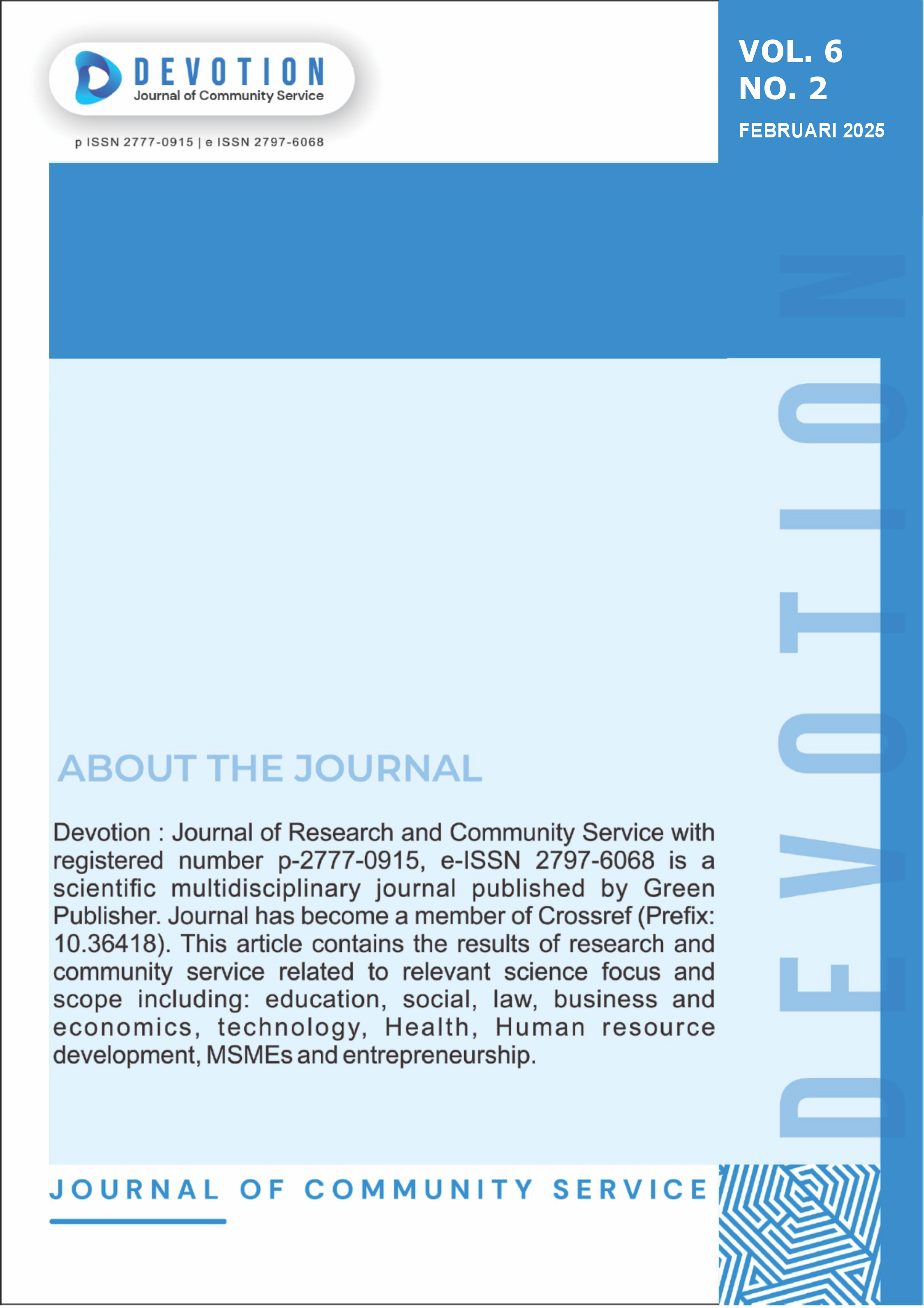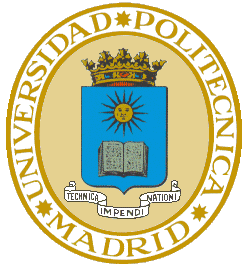Chemical Characteristic of Frass Fertilizer Derived from Black Soldier Fly (BSF) Larvae Culture using Leftover Fruits and Vegetables
DOI:
https://doi.org/10.59188/devotion.v6i2.25416Abstract
Toxic compounds such as chemical fertilizers have long been used in the agricultural and aquaculture sectors to improve soil fertility. Consequently, it adversely affects the soil, plants and aquaculture organism. Biodegradable waste can be converted into high-quality organic fertilizer. However, a proper candidate for treating biodegradable waste is required. A promising method for utilizing the black soldier fly (BSF, Hermetia illucens) larvae to derive the frass. The present study aims to determine the growth performance of maggots fed with leftover vegetables and fruit and its black soldier fly (BSF, Hermetia illucens) larvae frass chemical characteristic. The use of BSF larvae is to improve BSF frass fertilizer. A total of 3 experimental treatments were applied including; leftover vegetables (A), Fruit waste (B), Rice bran (C) as control treatment. Based on the results of the study, the type of food used as substrate affects the growth of larvae and the quality of the frass. In addition, there are differences in the length and weight of the larva produced by different types of food. This type of vegetable food provides the best maggot growth rate with an increase in length and weight. Several parameters of the chemical and biological properties of frass, the type of vegetable food suggest the highest N value.
Downloads
Published
Issue
Section
License
Copyright (c) 2025 Sri Mulyani, Mardiana Mardiana, Fatmawati Fatmawati, Muh. Fikruddin B, Muhammad Kafrawi Yunus

This work is licensed under a Creative Commons Attribution-ShareAlike 4.0 International License.
Authors who publish with this journal agree to the following terms:
- Authors retain copyright and grant the journal right of first publication with the work simultaneously licensed under a Creative Commons Attribution-ShareAlike 4.0 International. that allows others to share the work with an acknowledgement of the work's authorship and initial publication in this journal.
- Authors are able to enter into separate, additional contractual arrangements for the non-exclusive distribution of the journal's published version of the work (e.g., post it to an institutional repository or publish it in a book), with an acknowledgement of its initial publication in this journal.
- Authors are permitted and encouraged to post their work online (e.g., in institutional repositories or on their website) prior to and during the submission process, as it can lead to productive exchanges, as well as earlier and greater citation of published work.













